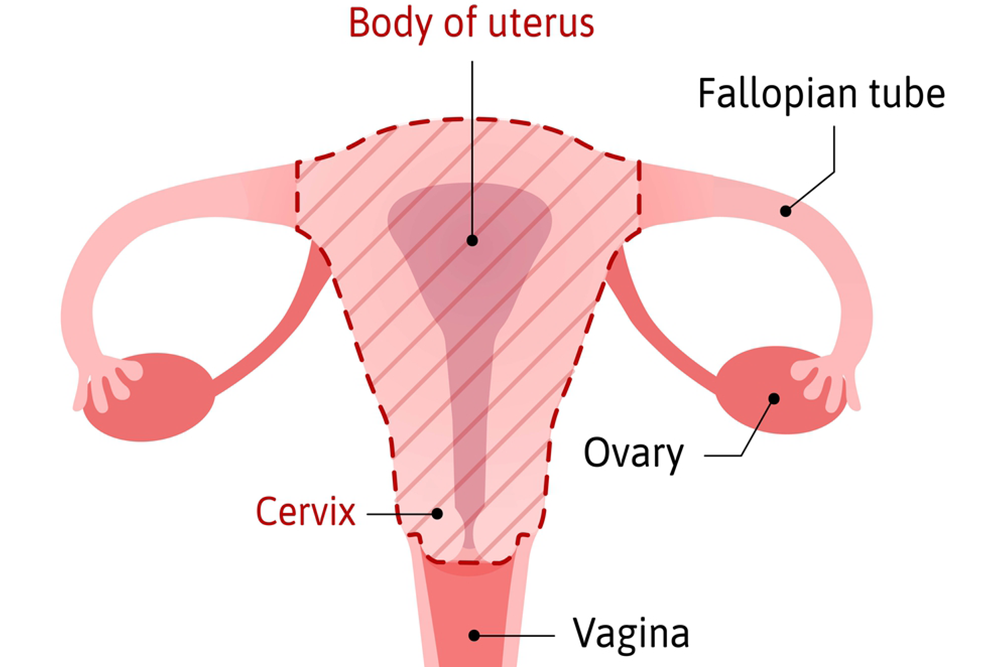
Understanding Your Mammogram Results
Interpreting mammogram results can be an emotional and confusing process for many women. These results...
Read MoreMost women should start getting routine mammogram screenings in their 40s. Mammograms X-ray your breast tissue, and they’re widely considered the best way to check for breast cancer.
While screening takes just 20 minutes, many women dread their annual appointments. Why? Because getting a mammogram can be uncomfortable.
At The Women's Center, our experienced team is here to ensure you get the preventive care you need. We specialize in mammogram screenings, and in this blog, we’re sharing some of our best tips to make your mammogram a more comfortable experience. Here’s what you need to know.
Your mammogram captures detailed X-ray images of each breast. At your appointment, you undress from the waist up and put on an exam gown. Our technician gives you instructions for the screening, and you stand close to the mammogram machine.
The machine has two plastic plates that gently compress your breast for the X-ray. You need to remain still as the images are captured. The technician reviews the images, then you repeat the process with the other breast.
Expect your appointment to take about 20 minutes. If you feel anxious or you experience pain at any point, tell us. We can make adjustments to help you feel more comfortable and ensure we get quality images.
Once the test is done, there’s no downtime and you’re free to go home. You hear from our office within a few weeks about your mammogram results.
Mammograms are one of the most effective ways to identify early-stage breast cancer, but the screening itself can cause discomfort. The plates compress your breast tissue, which can feel uncomfortable or even painful.
But instead of dreading your next appointment, here are ways to ensure your mammogram feels more comfortable.
Hormonal fluctuation makes your breasts more sensitive and tender around your menstrual period. Having a mammogram in the days leading up to and during your period can be more uncomfortable than during other times of the month.
If possible, schedule your mammograms about 7-14 days after your period starts. Your breasts are less likely to be tender and painful in the middle of your menstrual cycle, which makes mammograms more comfortable.
Some research indicates that reducing caffeine intake can reduce breast pain for some women. If you’re worried about discomfort in your upcoming mammogram, consider limiting or eliminating caffeine intake in the weeks leading up to your appointment. This typically includes coffee, tea, and caffeinated sodas.
An over-the-counter pain reliever can help eliminate mammogram discomfort. Ask your doctor if it’s OK for you, and consider taking it about 45-60 minutes before your appointment.
NSAID pain relievers, like aspirin, acetaminophen, or ibuprofen, won’t interfere with your results when taken as directed. However, you shouldn’t use topical pain relievers or numbing creams because these can make the X-ray images less accurate.
If you suffer chronic pain or you’ve experienced pain with mammograms in the past, let our team know when you schedule your appointment. We may be able to ease your anxiety ahead of the appointment and take extra time during your screening to help make it more comfortable for you.
Mammograms are an essential part of your preventive health care, but we understand that the thought of getting these breast X-rays can be worrisome. For more information and personalized advice, book a consultation at one of our offices in the Greater Orlando, Florida, area.




Interpreting mammogram results can be an emotional and confusing process for many women. These results...
Read More
Hysterectomy, a surgical procedure involving the removal of the uterus, is often considered a last...
Read More
Menopause marks a significant transition in a woman's life, bringing about various changes that can...
Read More